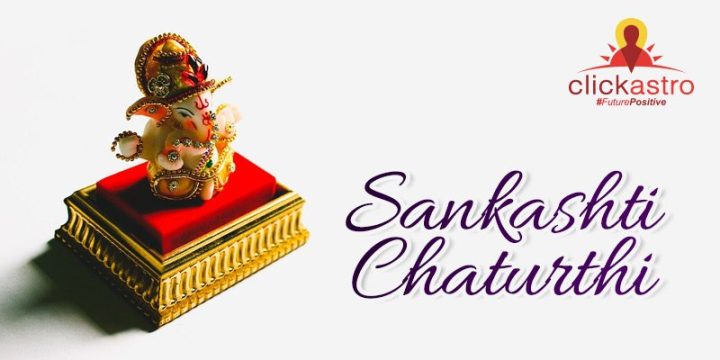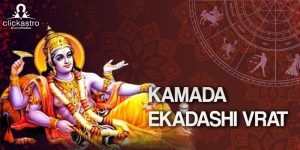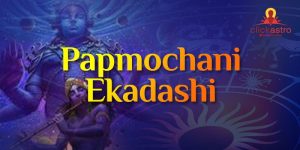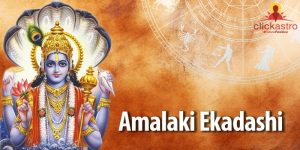Contents[hide]
When is Sankashti Chaturthi 2020?
The upcoming Sankashti Chaturthi will be on Thursday, December 3, 2020. It is also known as Ganadhipa Sankashti Chaturthi.Ganadhipa Sankashti Chathurthi 2020 Timings:
Ganadhipa Sankashti Chaturthi Date: Thursday, December 3, 2020
Chaturthi Tithi Begins: 07:26 PM, December 3, 2020
Chaturthi Tithi Ends: 08:03 PM, December 4, 2020
Moonrise timing on Sankashti Day – 08:36 PM, December 3, 2020
Get your 60-page FREE KundliSankashti Chaturthi and Vinayaka Chaturthi
The Hindu Panchang indicates that the lunar month specifies two Chaturthi dates. Sankashti Chaturthi is celebrated on the full day during Krishna Paksha while Vinayaka Chaturthi is celebrated on the new moon day during Shukla Paksha. While we observe Sankashti Chaturthi for deliverance from difficult times, Vinayaka Chaturthi fasting is the acknowledgment of the power of the Lord Ganesha, who is the Supreme lord after Vishnu, Lakshmi, Shiva, and Parvathi. Sankashti Chaturthi is also popularly known as Sankata Hara Chaturthi, while Vinayaka Chaturthi is considered as Varada Vinayaka Chaturthi.Pooja Vidhi for Ganadhipa Sankashti Chaturthi 2020
On the day of Sankashti Chaturthi, devotees wake up early and dedicate their entire day to worshipping Lord Ganesha. Ideally, a strict fast is observed in the honor of their deity; however, people can also keep a partial fast if they have any physical ailments. You can only consume fruits, vegetables, and roots of plants during the fast. The diet comprises peanuts, potatoes, and sabudana khichadi. The Sankashti Puja is then performed in the evening after the moon has been sighted. The idol of Lord Ganesha is first cleaned with water and then the Panchamrit (5 liquids). Abhisheka (divine bath) is then performed on the idol of Lord Ganesha with milk, curd, ghee, honey and sugar, and banana while chanting “Om Gam Ganapathaye Namaha”. The idol is then again cleaned and turmeric and kumkum are applied. It is then decorated with Durva grass and fresh flowers. A lamp is also lit during this time and other rituals such as lighting incense and camphor while chanting the Ganesha Stotra, Stuthi, or Sri Ganesha Bijakshara Mantra. After this, the devotee reads the ‘Vrata Katha’ specific to the month. The fast should only be broken after worshipping Lord Ganesha in the evening and sighting the moon. Special ‘naivedya’ comprising of modaks and other favourite dishes of Lord Ganesha are prepared as an offering. An aarti is then performed and later the prasad is distributed among all the devotees. Get 55% OFF on Yearly Horoscope Special puja rituals dedicated to the moon are also performed on Sankashti Chaturthi, which consists of sprinkling holy water, sandalwood paste, consecrated rice, and flowers in the direction of the moon. On this day it is auspicious to recite the ‘Ganesha Ashtothra’, ‘Sankashtnashanasthothra’, and ‘Vakrathunda Mahakaya’ to name a few. In fact, any other Vedic mantras dedicated to Lord Ganesha can be chanted. Before moonlight, reciting the Ganapati Atharvasheersha invokes the blessings of Lord Ganesha. During Sankashta Chaturdashi 2020, Lord Ganesha is worshiped with a different name and Peeta (seat) which is as given below|
Hindu Lunar Month |
Name of Lord Ganesha whose pooja is performed |
Peeta Name |
| Chaitra | VikataMaha Ganapati | Vinayaka Peeta |
| Vaishakha | Chanakra Raja EkadantaGanapathi | SrichakraPeeta |
| Jeshtha | Krishna PingalaMaha Ganapati | Sri ShakthiGanapathiPeeta |
| Ashadha | Gajaanana Ganapati | Vishnu Peeta |
| Shravana | HerambaMaha Ganapati | GanapathiPeeta |
| Bhadrapada | VignarajaMaha Ganapati | VigneshwaraPeeta |
| Ashweeja | VakrathundaMaha Ganapati | BhuvaneshwariPeeta |
| Karthika | GanadipaMaha Ganapati | Shiva Peeta |
| Margashira | AkurathaMaha Ganapati | DurgaPeeta |
| Pushya | LambodaraMaha Ganapati | SouraPeeta |
| Magha | DwijapriyaMaha Ganapati | Samanya deva Peeta |
| Phalguna | BalachandraMaha Ganapati | Agama Peeta |
| Adhika | VibhuvanaPalakaMaha Ganapati | DoorvaBilva Patra Peeta |







